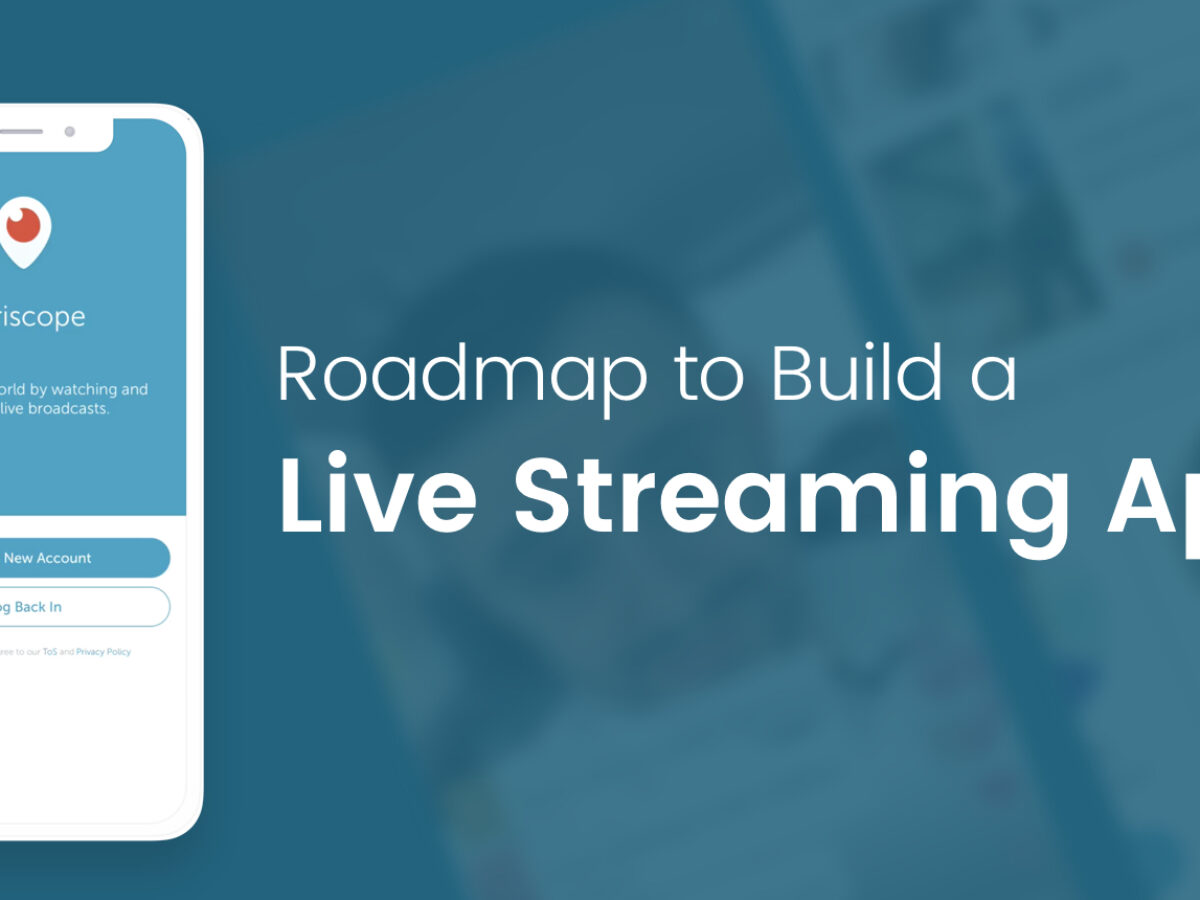The utilization of internet-based live video streaming has revolutionized various forms of media consumption, including traditional campus television. The transition from conventional broadcast methods to live streaming platforms offers numerous benefits, ranging from cost-efficiency to enhanced audience engagement. This article delves into the comprehensive benefits and strategic implementation of internet-based live video streaming as a viable alternative for campus television.
Benefits of Internet-Based Live Video Streaming
Cost-Effective Solution
One of the primary advantages of adopting internet-based live video streaming is its cost-effectiveness. Traditional campus television requires substantial investments in infrastructure, equipment, and maintenance. In contrast, live streaming leverages existing internet infrastructure, reducing the need for expensive broadcasting equipment. This shift not only minimizes operational costs but also allows educational institutions to allocate resources more efficiently.
Enhanced Accessibility and Reach
Live streaming on the internet breaks geographical barriers, enabling campuses to reach a broader audience. Students, faculty, and alumni from across the globe can access content in real-time, fostering a more inclusive and connected community. The accessibility of live video streaming ensures that educational content, campus events, and important announcements are available to everyone, irrespective of their location.
Interactive and Engaging Content
Internet-based live video streaming platforms often come with interactive features such as live chats, polls, and Q&A sessions. These tools enhance viewer engagement and participation, transforming passive viewers into active participants. The ability to interact in real-time creates a dynamic and immersive experience, which is particularly beneficial for educational content and campus events.

Flexibility and Convenience
Live streaming provides unparalleled flexibility in content delivery. Unlike traditional broadcast schedules, live streams can be accessed on-demand, allowing viewers to watch content at their convenience. This flexibility is especially advantageous for students with varying schedules, ensuring they do not miss out on important information or events.
Strategic Implementation of Live Video Streaming in Campus Television
Choosing the Right Platform
Selecting the appropriate live streaming platform is crucial for the success of campus television. Popular platforms such as YouTube Live, Facebook Live, and Twitch offer robust features and extensive reach. It is important to evaluate each platform's capabilities, audience demographics, and user interface to determine the best fit for the institution's needs.
Infrastructure and Technical Setup
A reliable internet connection and adequate technical setup are essential for smooth live streaming. Campuses should invest in high-quality cameras, microphones, and streaming software to ensure professional-grade broadcasts. Additionally, training technical staff and content creators on the nuances of live streaming can significantly enhance the overall quality of the broadcast.
Content Planning and Scheduling
Effective content planning and scheduling are key to maintaining viewer interest and engagement. Institutions should create a diverse content calendar that includes educational lectures, campus news, interviews, and special events. Consistent scheduling helps build a loyal audience base and ensures that viewers know when to tune in for their preferred content.
Promoting Live Streams
Promotion is critical to maximizing the reach and impact of live streams. Utilizing social media, email newsletters, and campus websites to announce upcoming streams can attract a larger audience. Collaborating with student organizations and faculty to spread the word can also boost viewership and participation.
Monitoring and Analytics
Monitoring live streams and analyzing viewer data provide valuable insights into audience behavior and preferences. Most live streaming platforms offer built-in analytics tools that track metrics such as viewer count, engagement rate, and audience demographics. These insights can inform content strategy and help tailor future broadcasts to better meet the audience's needs.
Challenges and Solutions
Technical Difficulties
Technical issues such as buffering, poor audio quality, and connectivity problems can hinder the live streaming experience. To mitigate these challenges, campuses should conduct regular equipment checks, ensure a stable internet connection, and have backup plans in place. Providing technical support during live streams can also address issues promptly.
Content Security and Privacy
Ensuring the security and privacy of live-streamed content is paramount, especially in an educational setting. Implementing secure streaming protocols, password protection, and content moderation can safeguard sensitive information and maintain viewer trust. Additionally, educating the campus community on best practices for online privacy can further enhance security measures.
Future Prospects of Internet-Based Live Video Streaming in Education
Innovative Learning Experiences
The integration of live video streaming into educational practices opens up new possibilities for innovative learning experiences. Virtual classrooms, interactive workshops, and live guest lectures can enrich the educational journey and provide students with unique opportunities to engage with content in real-time.
Global Collaboration and Networking
Live streaming facilitates global collaboration and networking, allowing campuses to connect with institutions, experts, and students worldwide. This global reach promotes cultural exchange, diverse perspectives, and collaborative projects that enhance the educational experience and prepare students for a connected world.
Sustainable and Eco-Friendly
Adopting live video streaming as an alternative to traditional broadcasting contributes to sustainability efforts. By reducing the need for physical infrastructure and printed materials, campuses can minimize their environmental footprint and promote eco-friendly practices.
The utilization of internet-based live video streaming as an alternative media for campus television offers numerous benefits, including cost savings, enhanced accessibility, and interactive content. By strategically implementing live streaming technologies, educational institutions can create dynamic and engaging media experiences that cater to a diverse audience. Embracing this digital transformation not only enhances the educational landscape but also positions campuses at the forefront of technological innovation.





